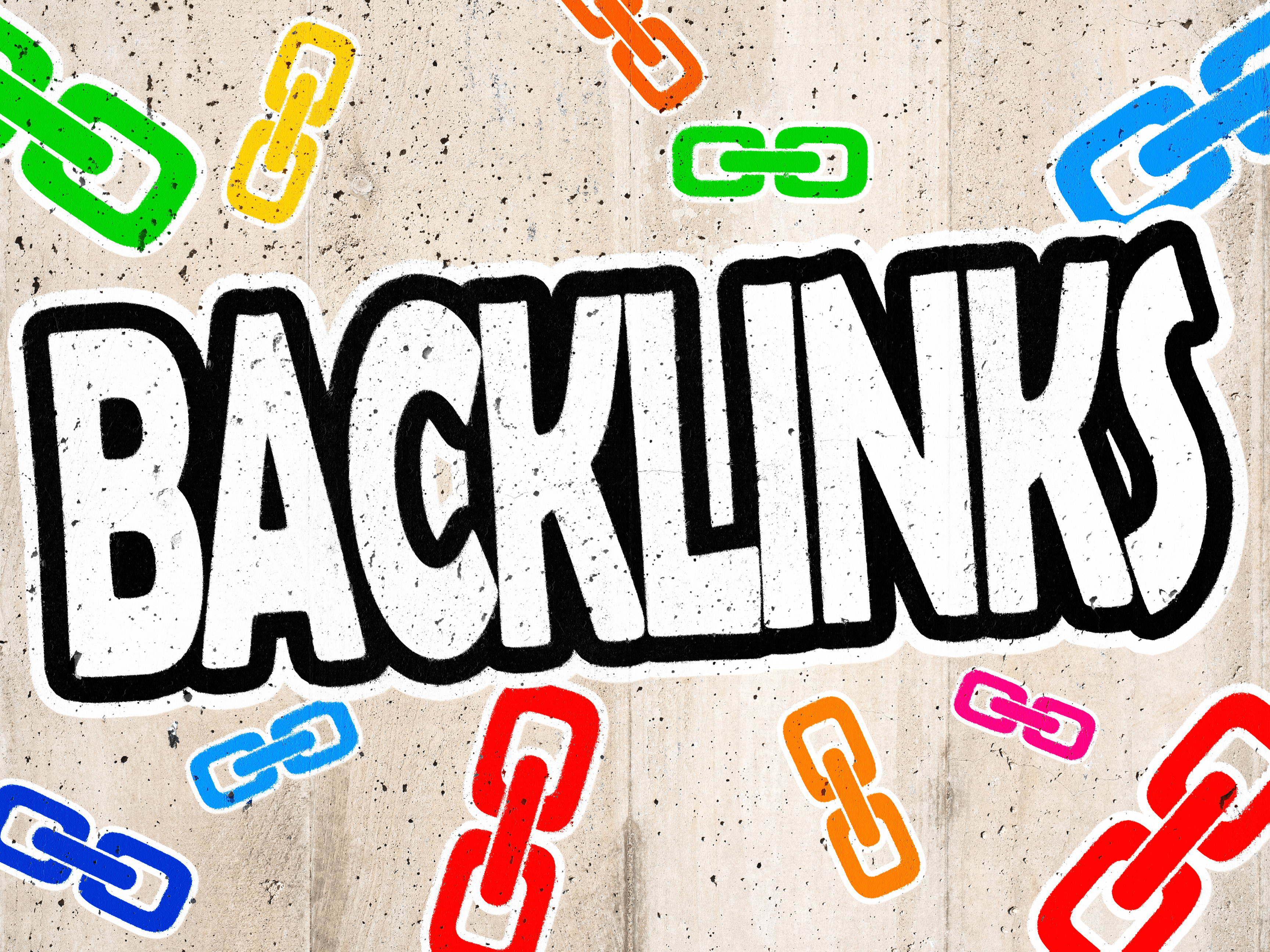
What are SEO Backlinks and How do I Get Them?
Whether you are brand new to Search Engine Optimisation (SEO) or a seasoned pro, the chances are that you will have come across “backlinks” on at least one occasion. They are an incredibly important part of any digital strategy and are worthwhile paying attention to.
But what exactly are backlinks and how should you go about getting them?
In this post, we delve into the art of quality link building – what they are, why google values them, and common pitfalls to avoid.
What are SEO backlinks?
Otherwise known as inbound or incoming links (IBLs), backlinks are very simply a hyperlink that points towards your website. The number of links from other sites that direct towards your content are an indicator of the popularity or importance of your website.
Think of them as a digital vote of confidence in your writing and resources. There are numerous ways of getting them, some more straightforward than others, but mastering the art of garnering backlinks will undoubtedly put you ahead in search rankings.
Why does Google value backlinks?
Google uses hyperlinks to “crawl” the web. They look at links between pages and entire websites, giving more credit to sites with “high-quality” backlinks. (We’ll come back to exactly what “high-quality” means).
They essentially act as a friend-to-friend recommendation, letting Google know that the content on your website is worth reading. This means that sites with good backlinking strategies perform better on search results, with a positive effect on both your Google ranking and visitor traffic numbers.
Put simply, more backlinks mean better search visibility and more visitors, which generally leads to yet more backlinks and higher search rankings. You get the gist.
What are the pitfalls to avoid?
Not all backlinks are created equal. Links from authoritative and popular websites are more valuable, and of these, those that are actively clicked and followed-through are yet more valuable still.
On the opposite end of the spectrum, paid links and those from potential spam websites can negatively impact your search rankings. So what are the key considerations to bear in mind?
Quality over quantity
As far as possible, avoid placing links to your website on substandard or unrelated sites. High quality is crucial. Google considers the content of sites in order to determine the quality of a link, and whether their website is relevant to your own.
For instance, if your blog discusses the latest developments in the Manhattan art scene, and you receive a backlink from another arts-based website, this would be more relevant (and classed as higher quality) by search engines than a link from a site devoted to cat memes. For truly useful backlinking, relevancy reigns.
Good things come to those who wait…
When developing SEO backlinks, it is important to remember that this can’t happen overnight. Search engines value organic links from a genuinely interested community, built slowly over time.
Links which appear to have been artificially created or manipulated are heavily penalised. This is due to webmasters employing “black hat” techniques and building backlinks through paid link farms and dishonest methods such as hidden links and pages. If your website looks like it is utilising such tactics, you run the risk of damaging your search rankings or even getting banned entirely.
Keep it natural
Google’s rankings look for natural backlinks. SEOs must consequently ensure that their backlinking strategy doesn’t appear artificial. This could include links that point to various pages throughout your website (not just the homepage), from a wide variety of sources. Within your strategy, avoid any form of large-scale reciprocal linking.
This is sometimes known as “swapping”, “exchanging” or “trading” backlinks, but if Google’s algorithms class your website as partaking in such activities (or you get reported), you will lose your hard-earned rankings. Having organic inbound links is important, as Google looks for genuinely relevant content – rather than websites which have artificially increased or bought their rankings.
Don’t go begging
If you’ve ever spent any time looking at online comments sections, you’ll be familiar with these messages. How about comments on a vegan cooking blog trying to advertise fast fashion? Or what about wide-screen TVs on a dedicated literature forum?
Even if you are genuinely promoting your website to a similar audience, hyperlinking can run the risk of violating Google’s strict guidelines.
Google specifically provide the example of forum comments with optimised links in the post or signature as an example of negative backlinking. On a practical level as well, appearing desperate for inbound links isn’t great for your brand anyway.
So how do I get backlinks?
Ultimately, your main strategy should be focused on creating great content and providing a genuinely useful website. It’s why you got started in the first place, right? Have your audience and their needs at the forefront of your mind, and they will naturally talk about and link to your site. As Google themselves state:
“The best way to get other sites to create high-quality, relevant links to yours is to create unique, relevant content that can naturally gain popularity in the Internet community… the more useful content you have, the greater the chances someone else will find that content valuable to their readers and link to it.”
As a final note, in addition to creating unique, newsworthy content that genuinely serves your online community, don’t focus exclusively on backlinking to the detriment of your overall SEO strategy.
Paying attention to the whole gamut of SEO techniques including page and content level features, social metrics, usage and traffic query data, keywords, mobile optimisation and backlink building will all collectively help your website climb up the search rankings.
For more information, take a look at The Beginners Guide to Link Building from Moz, as well as Google’s advice on link schemes to avoid. Good luck, and happy backlinking!

